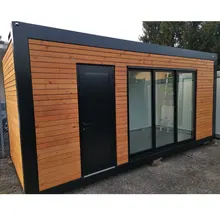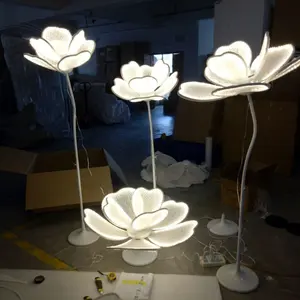Exploring the Versatility of Artificial Pillars
Artificial pillars serve as a dynamic and versatile element in the realm of architectural design and decor. These structural imitations are not only integral in adding aesthetic value to both interior and exterior spaces but also in providing creative solutions for designers and DIY enthusiasts.
Types and Applications of Artificial Pillars
Decorative pillars come in various forms, from those that mimic classical architecture to modern interpretations suitable for contemporary spaces. These pillars can be utilized in a range of applications, including as supports for balconies, accents in garden spaces, or as statement pieces in lobbies and event venues. The adaptability of faux columns allows for their use in diverse settings, fulfilling both functional and decorative roles.
Features and Materials
The construction of artificial pillars often involves durable materials such as high-grade plastics, resins, and sometimes, reinforced composites. These materials ensure that the pillars can withstand various environmental conditions when used outdoors. For indoor use, materials may vary to include lighter and more cost-effective options, which are easier to install and maintain. The synthetic pillars can be crafted to emulate the textures and colors of stone, wood, or marble, providing an authentic look without the weight and cost of natural materials.
Advantages of Choosing Artificial Pillars
Opting for artificial pillars presents numerous benefits. Their lightweight nature simplifies the logistics of transportation and installation. The maintenance of these pillars is straightforward, often requiring just a simple cleaning routine. Additionally, the versatility in design ensures that there is a suitable option for every project, whether it is a grandiose entranceway or a subtle interior accent.
Considerations for Selection
When selecting artificial pillars, it is crucial to consider the intended use to determine the appropriate size, shape, and material. The durability of the material is particularly important for outdoor applications where the pillars may be exposed to weather elements. For interior design projects, the size and shape should complement the space without overwhelming it. It is also essential to compare different products to find the right balance between cost-effectiveness and aesthetic appeal.
Conclusion
In conclusion, artificial pillars offer a practical and attractive solution for architectural and decorative needs. With a range of types, materials, and advantages, they cater to a variety of design preferences and functional requirements. When chosen carefully, these pillars can significantly enhance the ambiance and character of any space.










































 浙公网安备 33010002000092号
浙公网安备 33010002000092号 浙B2-20120091-4
浙B2-20120091-4